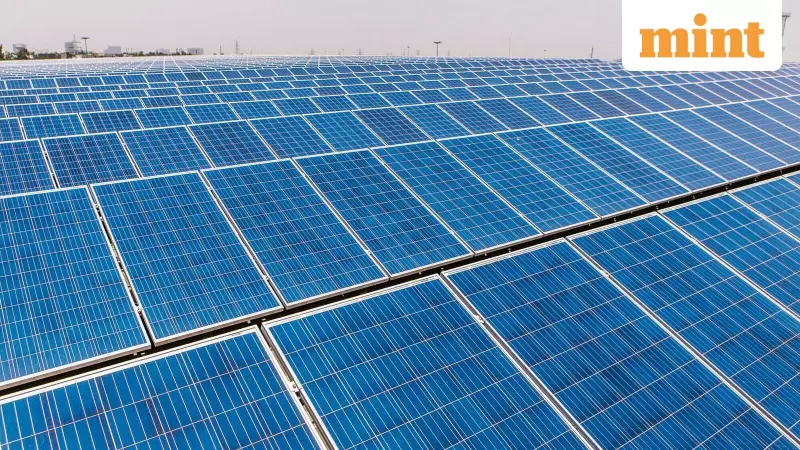
India's ambitious push toward 500 gigawatts of renewable energy capacity by 2030 is facing significant implementation challenges due to insufficient coordination between central and state governments, potentially leading to higher electricity tariffs for consumers.
The Transmission Cost Conundrum
The head of the Central Electricity Authority recently warned that electricity tariffs could rise because consumer demand is not keeping pace with the rapid rollout of transmission networks designed primarily for renewable energy. While tariffs are expected to moderate as demand increases, they will remain elevated due to the specialized nature of transmission infrastructure built specifically for green energy projects.
These large-scale renewable projects must be established in solar and wind resource-rich areas, requiring expensive inter-state transmission systems that ultimately burden consumer tariffs. The situation is compounded by the fact that renewable generation is limited by weather conditions, consequently limiting utilization of the transmission network compared to conventional power plants.
State Reluctance and Financial Constraints
States have demonstrated reluctance in signing power purchase agreements with renewable energy producers, citing falling generation costs, storage expenses, and their own financial limitations. This hesitation comes despite the continuous decline in solar panel prices and various incentives driving rapid capacity build-up.
The fundamental issue lies in India's federal structure where electricity is a concurrent subject, with states being the principal purchasers of power. The current approach has seen the Centre making transmission investment decisions to achieve unilaterally-set green generation targets, while the financial burden ultimately falls on state governments and their consumers.
Balancing Ambition with Ground Realities
While target-setting helps develop momentum and attract investments, the 500 GW green electricity goal by 2030 appears insufficiently reviewed from technological, demand, consumer, and supply perspectives. The government acknowledges problems of insufficient green energy absorption, dull demand, and inadequate systems for round-the-clock renewable supplies.
A significant portion of transmission capacity addition is dedicated to transporting green electricity, making the tariff burden currently higher for renewable power compared to fossil fuel-based plants that operate continuously. Even as renewables and storage tariffs soften, these consumer gains are offset by rising transmission costs.
The government claims a 'policy pivot' is underway—shifting focus from pure capacity growth to system design that addresses absorption and supply stability concerns. However, experts emphasize that wider consultations with states are crucial to avoid tariff shocks that could impede broader power sector reforms and ensure sustainable target achievement.
As India continues its clean energy transition, the balance between central ambition and state-level practicalities will determine whether the country can deliver not just sustainability, but also competitive tariffs and reliable power for all consumers.





